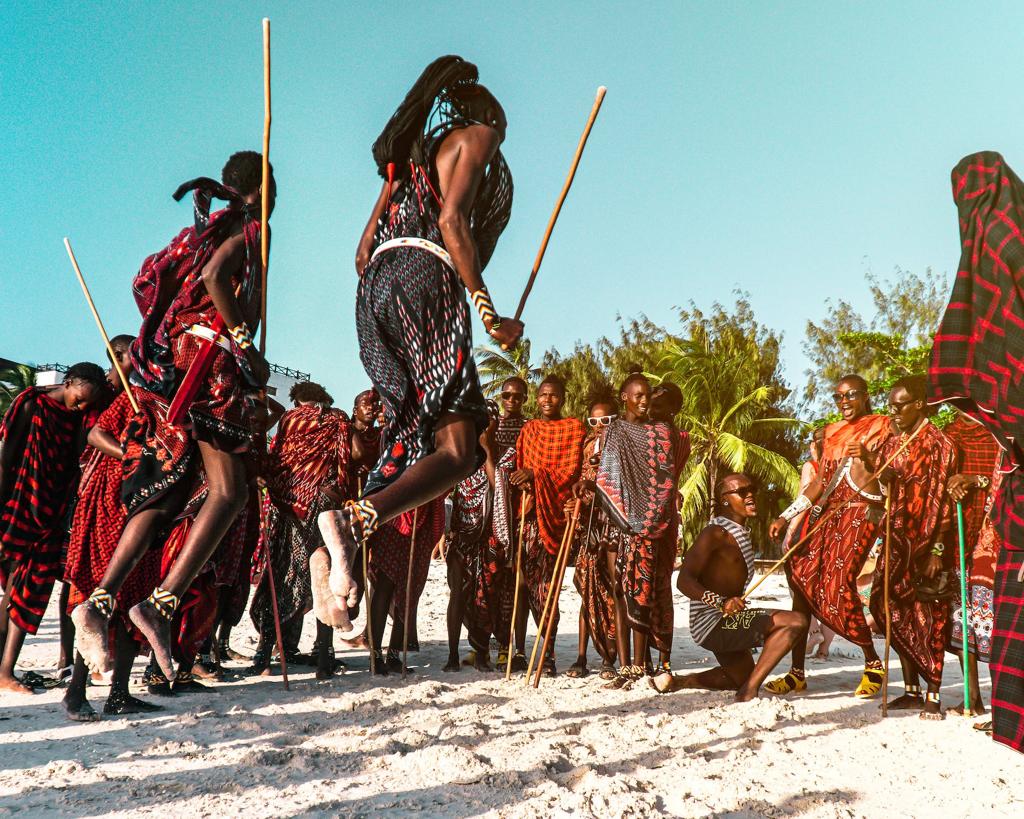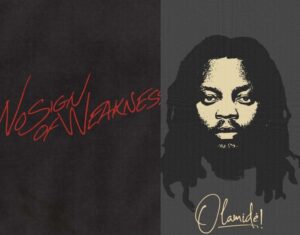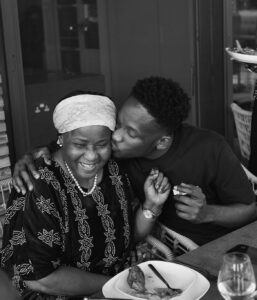African dance is to African music what Ewa Agoyin is to Dodo.
For centuries, dance traditions have been a prominent aspect of the beautiful African culture. Africans have used dance for several communal and societal purposes, including celebrations of life, death, love, and the plethora of emotions that are often experienced throughout mankind’s lifetime.
Today at SOOT Africa, we’re going to embark on an interesting journey through the different beautiful dances from all over Africa. Of course, there isn’t enough time in the world to go through them all. As such, we’re only going to focus on a few key dances from regions in Africa.
Ghana – The Agbadza Dance
What started as a war dance, evolved through the centuries into a beautiful dance that is regularly seen on joyous occasions. The Agbadza African dance originates from the Ewe people of Ghana, a set of traditional Ghanaians who often faced tumultuous times of war and oppression before finally finding peace in the Volta region of Ghana.
At the inception of the Agbadza dance, it was basically used to train warriors for the battlefield. The dance was also accompanied by Ewe singers singing beautiful harmonies. These harmonies often told invigorating tales of death, life, heroism, migration, battles, and conquest.
Kenya – The Adumu African Dance
This is an interesting African dance that stems from the Maasai warriors in Kenya. It is a typical coming-of-age dance often performed by young men in Africa during ceremonies that marked their debut into manhood.
The Adumu dance featured young men standing in a circle and trying to “outjump” each other which I found particularly interesting. This led to a common nickname; “The jumping dance”. The dance was usually accompanied by chants to encourage whoever was the highest jumper. The youngsters were not always fighting war and battles. Sometimes, they liked to let some steam off and have fun. What better way than a dance contest?
Nigeria – The Ikpirikpi Ogu Dance
This is another war dance that originates from the Ohafia people in Eastern Nigeria. Unlike the Adumu dance, this is a more fearsome dance used by warriors to intimidate enemies and instill fear. The Ohafia warriors were famous for their numerous conquests on the battlefield, and they’d often practice the Ikpirikpi dance as a testament to their successful battles
However, the African war dance has now evolved into a common traditional dance often practiced at weddings and other festive occasions.
South Africa – The Indlamu African Dance
The Indlamu African dance is an energetic war dance from the Zulu, Ndebele, and Xhosa cultures. It featured a lot of high kick motions, vibrant singing, and heavy stomping.
I found one of the most exciting parts of the dance to be the attire they wore while performing. It consisted of a variety of headbands, ankle rattles, ceremonial belts, and even weapons. Perhaps to reminisce of the time when their ancestors danced for war and war alone. Now the Indlamu dance is chiefly practiced during traditional marriage ceremonies and other festivities.
Zimbabwe – The Mbira African Dance
This is one of the more religious-inclined African dances, common among the beautiful Shona people of Zimbabwe. Mbira also referred to the music and the instruments used during the dance. The Shona people ceremonially used Mbira to summon their gods and ancestors for different favors, similar to modern-day prayers.
Apart from meditation and personal prayers to spirits, people also practiced the Mbira dance at weddings and other joyous occasions. In modern-day Zimbabwe, the Mbira dance is still a major highlight of several ceremonies. The rich history of this dance led to the formation of the MBIRA Organization, a community dedicated to shedding light on African dance traditions in Zimbabwe.
That brings us to the end of our list, although we could go on and on about the interesting cultures of African dance traditions.
This was a more traditional aspect of African dance, if you’d like to see our take on more modern African dances, stay glued to SOOT Africa!






2 Comments
Akeem
February 1, 2023 at 9:05 pm
An interesting read I must say!
Ivy
January 18, 2023 at 11:37 pm
Thank you, Rishama, for giving me such a treat. The journey from the war dance to its present day adaption dance style is symbolic.
Thank you SOOT AFRICA 😌